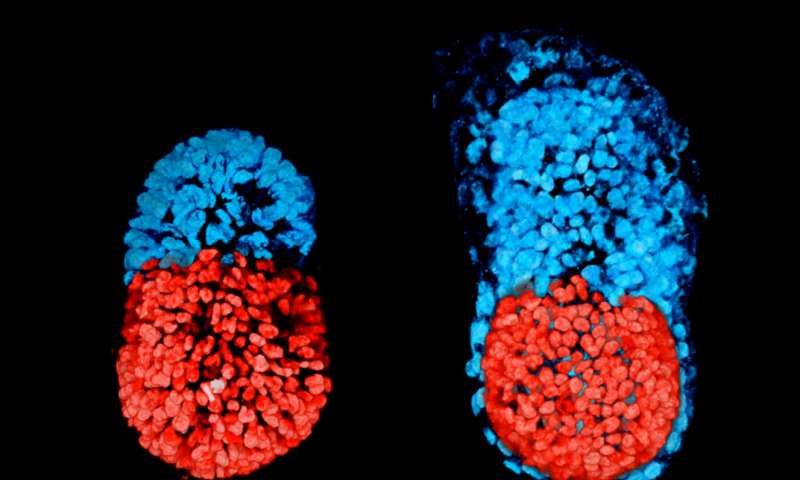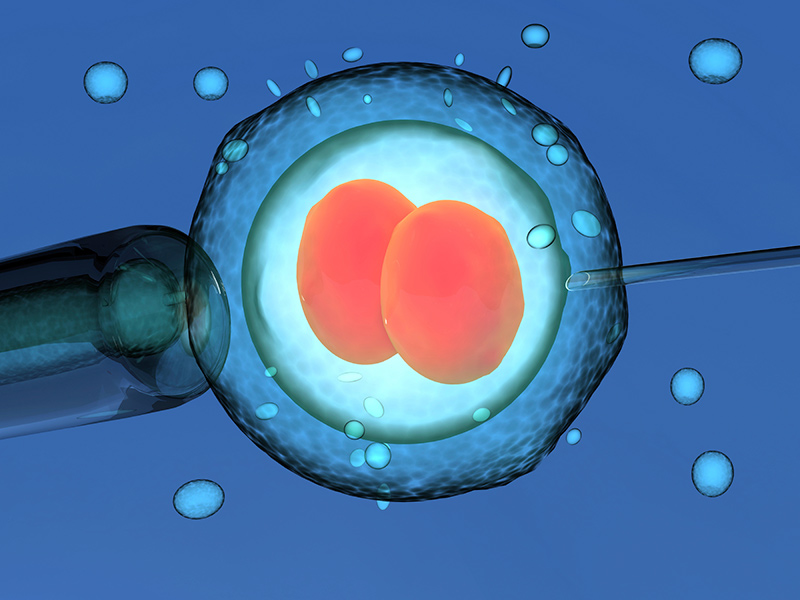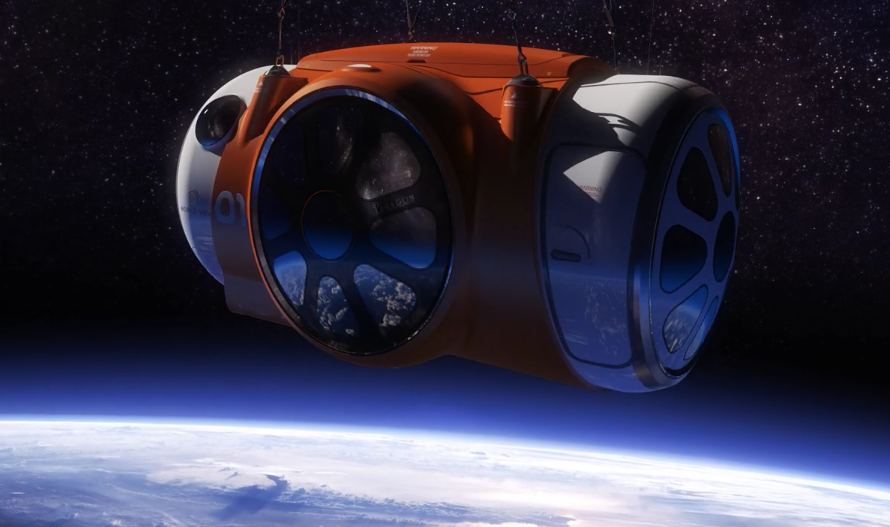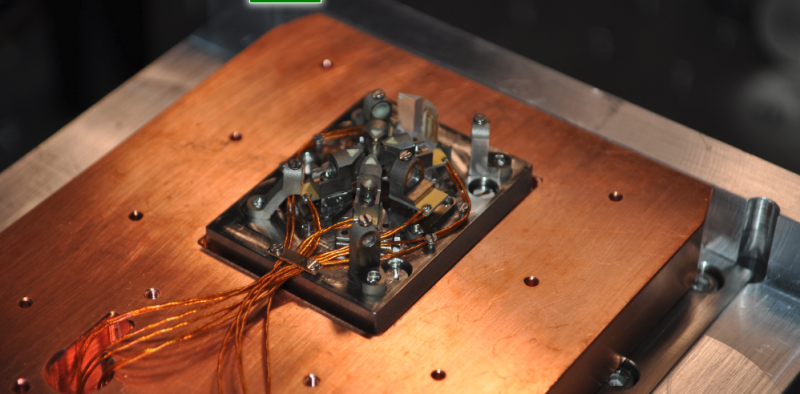A team of scientists from the University of Cambridge has made revolutionary news because for the first time ever an artificial mouse embryo has been grown using stem cells. This is fantastic news for the researchers as understanding the beginning stages of embryo formation could prove essential in understanding what two thirds of all human pregnancies fail at this time.
While attempting to grow embryo’s is not a new feat, it’s one that’s had very limited success over the years. This is mainly due to the fact that early embryo development needs different cell types to work closely with one another. However, the new study demonstrates how embryos can actually be grown using a combination of genetically-modified mouse ESCs and TSCs along with an extracellular matrix.
“Both the embryonic and extra-embryonic cells start to talk to each other and become organized into a structure that looks like and behaves like an embryo,” said Professor Magdalena Zernicka-Goetz, leader of the research. She continues, “It has anatomically correct regions that develop in the right place and at the right time. We knew that interactions between the different types of stem cell are important for development, but the striking thing that our new work illustrates is that this is a real partnership – these cells truly guide each other. Without this partnership, the correct development of shape and form and the timely activity of key biological mechanisms doesn’t take place properly.”

As part of the research the team was able to show how stem cells are organized, with ESC’s and TSC’s at separate ends, and followed the same pattern of development to that of a human embryo. But, without the third form of stem cell, the one that would allow development of the yolk sac, it’s unlikely the embryo would ever develop into a healthy fetus. Also the actual system itself is not yet designed to be able to develop placenta.
Zernicka-Goetz believes that one of her recently developed techniques will enable researchers to for the first time ever gain a real insight into the first initial stages if human embryo development. She says, “We think that it will be possible to mimic a lot of the developmental events occurring before 14 days using human embryonic and extra-embryonic stem cells using a similar approach to our technique using mouse stem cells. We are very optimistic that this will allow us to study key events of this critical stage of human development without actually having to work on embryos. Knowing how development normally occurs will allow us to understand why it often goes wrong.
More News To Read
- Blue Origin Assemble Long-Awaited BE-4 Rocket Engine
- Could Marijuana Be A Future Treatment for Alzheimer’s?
- Could a Magnetic Shield Be the Answer to Creating a Suitable Atmosphere on Mars?
- Scientists Observe the Most Detailed Black Hole Wind to Date
- The Hubble Shows How Asteroids and Comets are More Alike than We Realized











